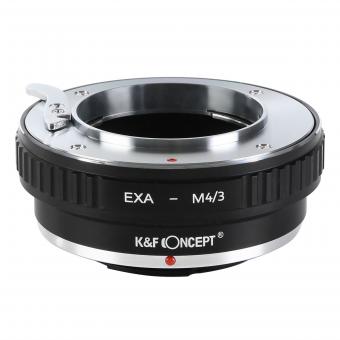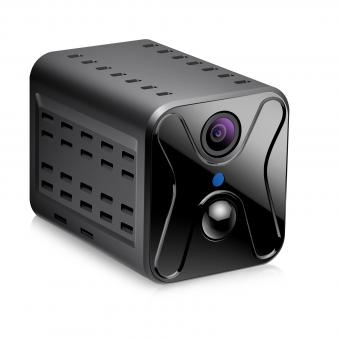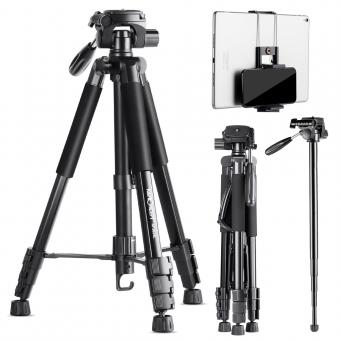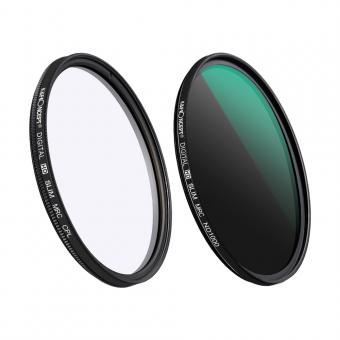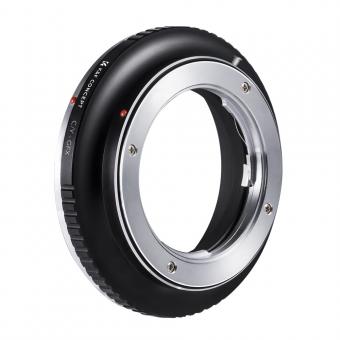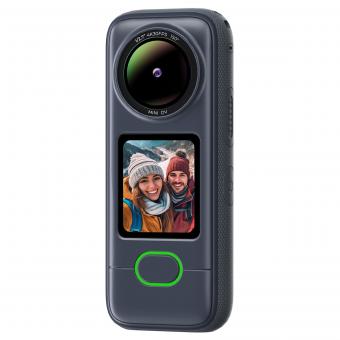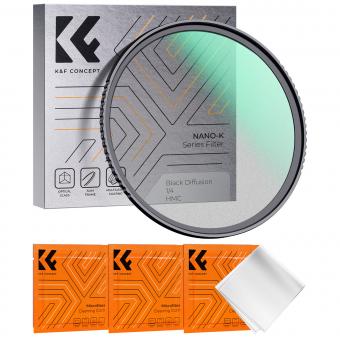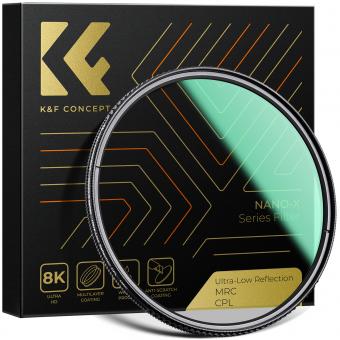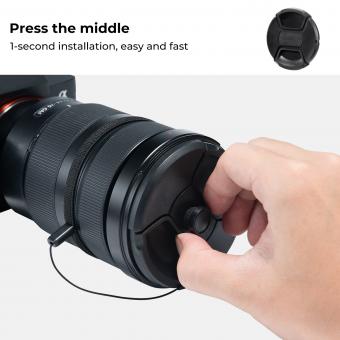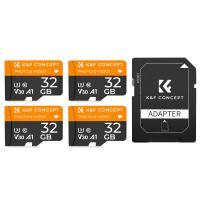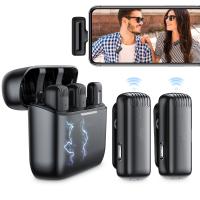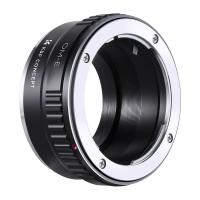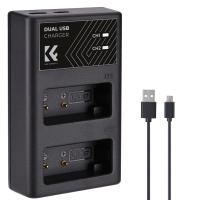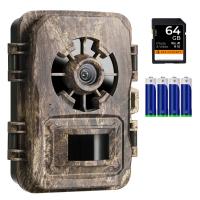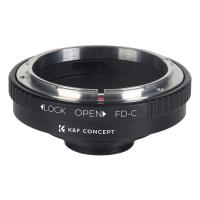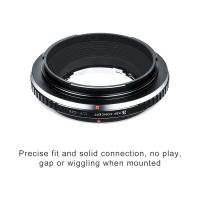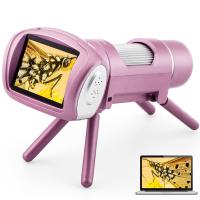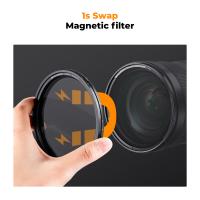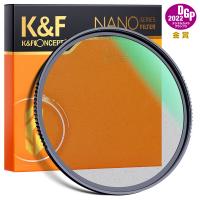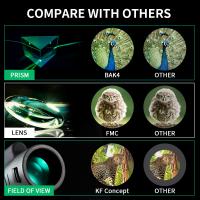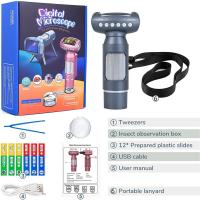What's The Best Cctv ?
The best CCTV (closed-circuit television) system depends on various factors such as the specific requirements, budget, and environment in which it will be used. There are numerous reputable brands and models available in the market, each with its own set of features and capabilities. It is essential to consider factors such as image quality, resolution, low-light performance, storage capacity, ease of installation, and remote access options when selecting a CCTV system. Additionally, it is recommended to consult with professionals or conduct thorough research to determine the most suitable CCTV system for a particular application.
1、 Resolution: High-definition vs. standard-definition CCTV cameras
When it comes to choosing the best CCTV camera, one of the most important factors to consider is the resolution. The resolution of a CCTV camera determines the clarity and level of detail in the captured footage. In this regard, the choice between high-definition (HD) and standard-definition (SD) CCTV cameras becomes crucial.
HD CCTV cameras offer a significantly higher resolution compared to SD cameras. They typically have a resolution of 720p or 1080p, providing clear and detailed images. This high level of resolution allows for better identification of individuals, objects, and events, making HD cameras ideal for applications where facial recognition or license plate identification is important.
On the other hand, SD CCTV cameras have a lower resolution, usually around 480p. While they may be more affordable, the lower resolution can result in less detailed footage, making it difficult to identify specific details or individuals in the video.
However, it is important to note that technology is constantly evolving, and the latest advancements in SD cameras have improved their resolution and image quality. Some SD cameras now offer resolutions of 720p, blurring the line between SD and HD cameras.
Ultimately, the choice between HD and SD CCTV cameras depends on the specific requirements of the surveillance application. If high levels of detail and clarity are essential, HD cameras are the way to go. However, if budget constraints are a concern and the application does not require extensive detail, the latest SD cameras with improved resolutions can still provide satisfactory results.
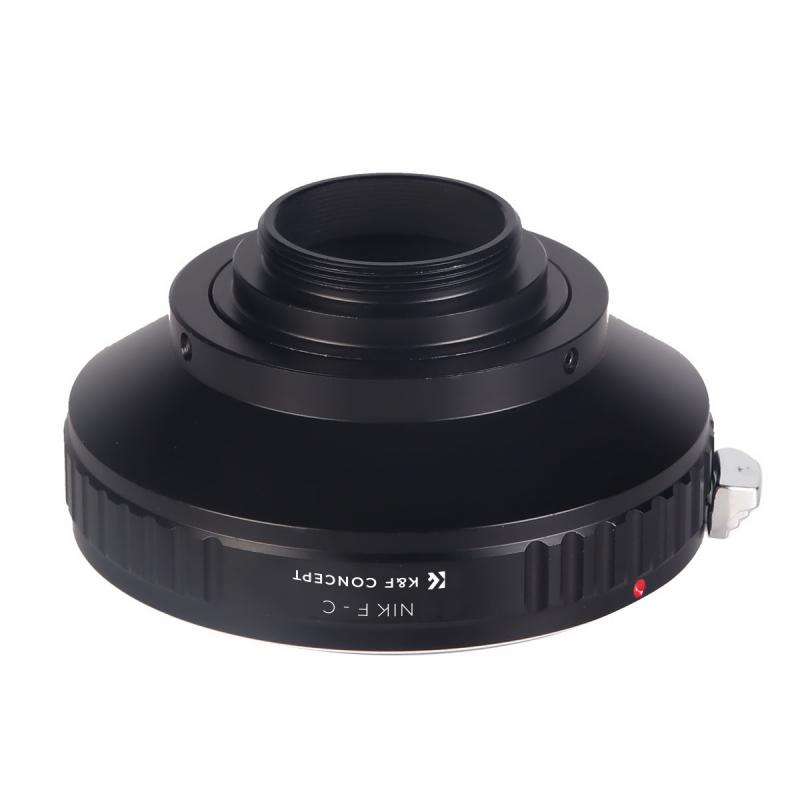
2、 Field of View: Wide-angle vs. narrow-angle surveillance coverage
When it comes to choosing the best CCTV camera, the decision between wide-angle and narrow-angle surveillance coverage depends on the specific requirements of the surveillance area. Both options have their advantages and it ultimately comes down to the purpose and layout of the space being monitored.
Wide-angle surveillance coverage offers a broader field of view, allowing for monitoring of larger areas with fewer cameras. This can be beneficial in open spaces such as parking lots or warehouses, where a single camera can cover a wide area. Wide-angle cameras are also useful in situations where it is important to capture a larger context, such as in traffic monitoring or crowd surveillance. However, the drawback of wide-angle cameras is that they may sacrifice detail and clarity in favor of a wider coverage area.
On the other hand, narrow-angle surveillance coverage provides a more focused view, allowing for greater detail and clarity. These cameras are ideal for monitoring specific areas that require close scrutiny, such as entrances, hallways, or cash registers. Narrow-angle cameras are also useful in situations where facial recognition or license plate identification is crucial. However, multiple cameras may be required to cover a larger area, increasing the overall cost of the surveillance system.
It is important to note that the latest advancements in CCTV technology have led to the development of cameras with adjustable lenses, allowing for both wide-angle and narrow-angle surveillance coverage. These cameras offer the flexibility to adapt to different monitoring needs, providing a wider coverage when necessary and zooming in for detailed monitoring when required.
In conclusion, the choice between wide-angle and narrow-angle surveillance coverage depends on the specific requirements of the surveillance area. Wide-angle cameras are suitable for monitoring larger areas with fewer cameras, while narrow-angle cameras provide greater detail and clarity for specific areas. The latest advancements in CCTV technology offer the flexibility to switch between wide-angle and narrow-angle coverage, providing the best of both worlds.

3、 Low Light Performance: Day/night vision capabilities of CCTV cameras
When it comes to low light performance, the best CCTV cameras are those with exceptional day/night vision capabilities. These cameras are designed to provide high-quality surveillance footage even in challenging lighting conditions, such as low light or complete darkness.
One of the key features to look for in CCTV cameras with excellent low light performance is the use of infrared (IR) technology. IR cameras have built-in IR LEDs that emit infrared light, which is invisible to the human eye but can be detected by the camera's image sensor. This allows the camera to capture clear images even in complete darkness. The latest advancements in IR technology have led to cameras with longer IR ranges and improved image quality.
Another important factor to consider is the camera's sensor size and sensitivity. Larger image sensors are generally more effective in capturing more light, resulting in better low light performance. Additionally, cameras with higher sensitivity ratings can produce clearer images in low light conditions.
Furthermore, the latest CCTV cameras often come equipped with advanced image processing technologies, such as wide dynamic range (WDR) and digital noise reduction (DNR). WDR helps to balance the exposure in scenes with both bright and dark areas, ensuring that details are visible in all parts of the image. DNR reduces the amount of noise in the footage, resulting in clearer and more defined images.
It is worth noting that the best CCTV camera for low light performance may vary depending on specific requirements and budget. It is recommended to consult with security professionals or conduct thorough research to find the most suitable option for your needs.
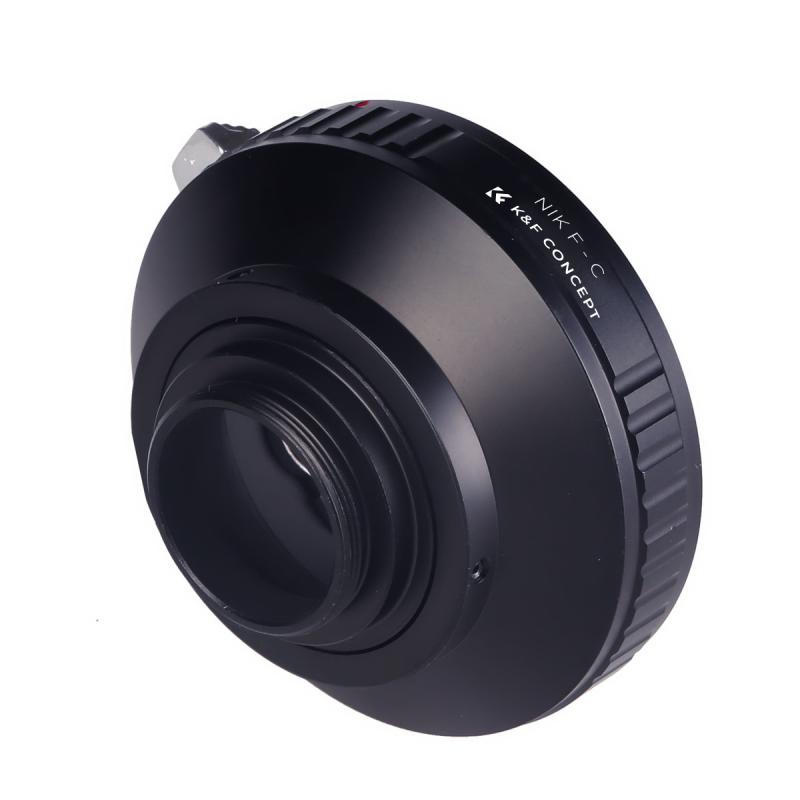
4、 Connectivity: Wired vs. wireless CCTV systems
When it comes to choosing the best CCTV system, one of the key factors to consider is connectivity. Wired and wireless CCTV systems are the two main options available, each with their own advantages and disadvantages.
Wired CCTV systems have been around for a long time and are known for their reliability. They are connected to the recording device through cables, ensuring a stable and uninterrupted connection. This makes them less susceptible to interference from other devices or potential hacking attempts. Additionally, wired systems can transmit higher quality video signals over longer distances, making them suitable for larger properties.
On the other hand, wireless CCTV systems have gained popularity in recent years due to their ease of installation and flexibility. They use Wi-Fi or other wireless technologies to transmit video signals, eliminating the need for cables. This makes them ideal for situations where running cables is impractical or not feasible. Wireless systems also offer the advantage of remote access, allowing users to view live footage or playback recordings from anywhere using a smartphone or computer.
However, wireless systems do have some limitations. They can be affected by signal interference from other devices or obstacles such as walls or metal structures. The range of wireless transmission may also be limited, requiring additional equipment such as signal boosters or repeaters for larger areas.
In terms of the latest point of view, both wired and wireless CCTV systems have seen advancements in technology. Wired systems now offer higher resolution cameras and improved video compression techniques, resulting in clearer and more detailed footage. Wireless systems have also improved in terms of signal stability and range, with the introduction of more advanced wireless protocols.
Ultimately, the choice between wired and wireless CCTV systems depends on the specific requirements of the surveillance application. Wired systems are best suited for situations where reliability and long-distance transmission are crucial, while wireless systems offer flexibility and ease of installation. It is important to carefully evaluate the needs of the surveillance project and consider factors such as budget, location, and security requirements before making a decision.


